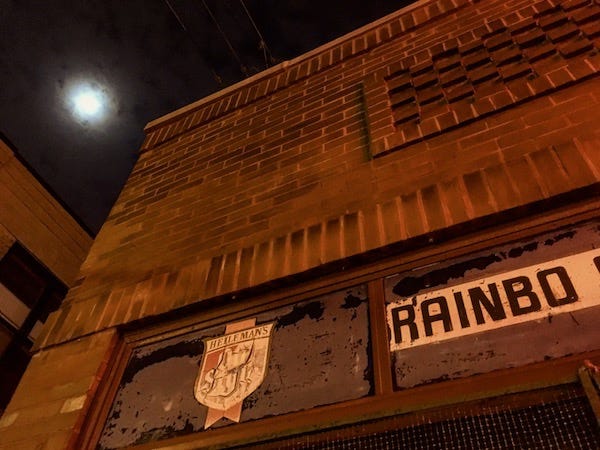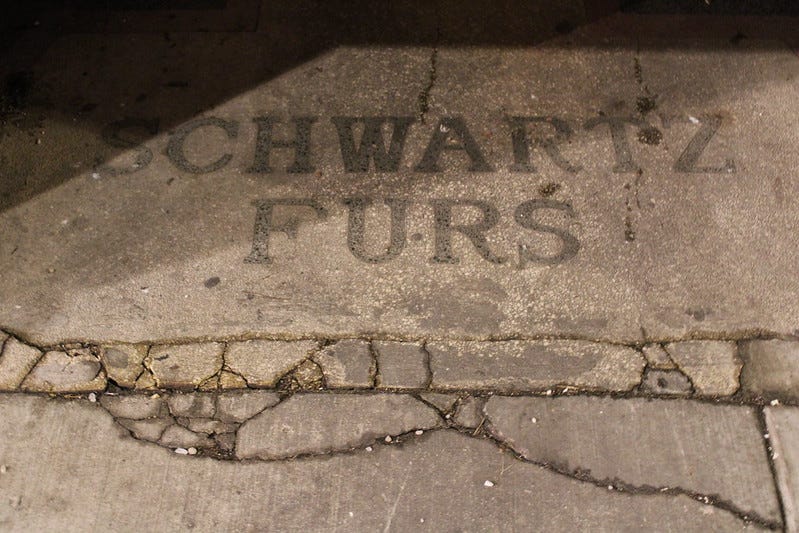Chicago Ghost Signs
“One of the most poignant aspects of ghost signs is that they never tell you everything"
I’m taking photographs and writing a book: “Chicago Ghost Signs.”
I could go on about design, history, nostalgia, memory — but that’s the book.
“One of the most poignant aspects of ghost signs is that they never tell you everything,” Nick Gadd wrote in 2014.
They are works of art whose creators are usually unknown. Sometimes illegible or obscured, they tease us with fragments of meaning. Even when the sign is clear, the story behind it is not, which opens up a space for the imagination. Ghost signs add mystery to cities, which might be the profoundest part of their appeal. They are works of art whose creators are usually unknown. Sometimes illegible or obscured, they tease us with fragments of meaning. Even when the sign is clear, the story behind it is not, which opens up a space for the imagination.
Beatnik, under construction.
“Chicago Ghost Signs” includes my photos of fragments and remnants and palimpsests from the city’s seventy-seven neighborhoods, including since-demolished signs from 2000 forward.
The text includes histories of products, the buildings, how signs were painted and are painted now, and exchanges with artists, architects, masons, preservationists and graphic designers, spinning off from the traces hiding in plain sight across the city, bright and bold, half-hidden or modest.
Blue skies, spring green and pale ghosts.
But night is also glorious, a few mean streets are left.
"Your name in stud horse type across a sign": early twentieth-century sarcasm.
Incidental poetry in litanies of lead-laced ingredients.
"SANITARY, NON-POISONOUS" and "WASHABLE."
Count on Samuel F. Woodhouse of Philadelphia, PA.
Find telegraphed dispatches on Twitter at @chighostsigns and on Instagram at @GhostSignsChicago, as well as Flickr.
"Terrazzo foyer” is not a pulp-fiction gangster name.









